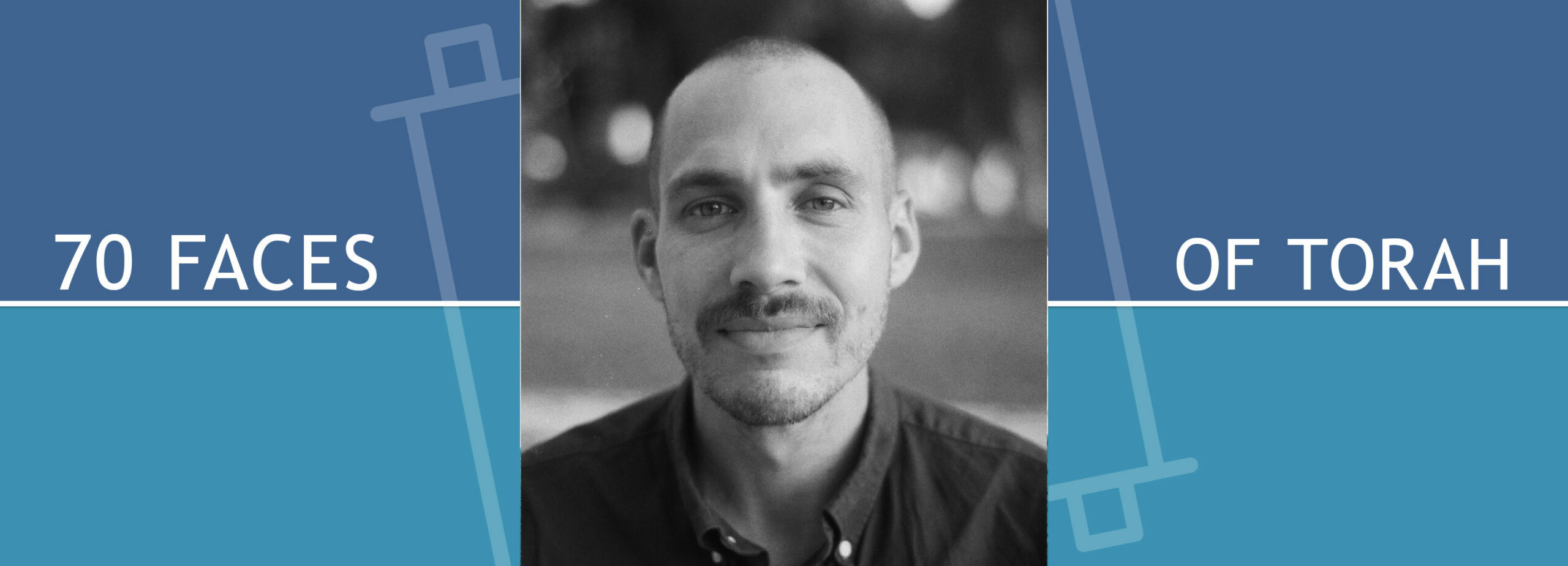Genesis The Language of Fractals

Parashat Vayeshev (Genesis 37:1–40:23)
The Torah speaks in the language of fractals—never ending patterns that are identical at both the level of the micro and the macro. Fractals are everywhere in nature. Think, for instance, of a fern. Under a magnifying lens, each leaf appears to be a fern itself, with its own leaves, each of which are—in turn—shaped like ferns.
The fractal nature of the Torah is nowhere more clear than in Parashat Vayeishev, in which the sons of Jacob sell their brother, Joseph, into slavery in Egypt.
Their reasons for doing so are complex. One the one hand, they are angered by the favoritism displayed by their father, Jacob, toward Joseph. They also find Joseph’s dreams, with their delusions of grandeur, to be infuriating. But to look at their motives from a solely psychological perspective would be a mistake. Zoom out, and we see that they are merely acting out the pattern of the fractal—helpless to behave otherwise, like water rolling down a hill.
The pattern that they are acting out is one in which the younger brother supplants the older. With Cain and Abel, the first brothers, it is Abel’s sacrifice that is accepted by God. With Ishmael and Isaac, it is Isaac who is chosen to inherit Abraham’s covenant. With Esau and Jacob, it is the tent-dwelling Jacob who steals the birthright and blessing from the robust elder, Esau. With Jacob’s two brides, it is the younger sister, Rachel, who becomes the favorite.
The sojourn into Egypt—into the underworld—is another of the Torah’s fractals. We see it here with Joseph as he is sold into the house of the Egyptian courtier, Potiphar, but we saw it also with Abraham and Isaac. Soon, we will see it again on the level of the macrocosm, when the entire Jewish people becomes enslaved to Pharaoh.
But before we even arrive to the house of Potiphar, the story of Joseph is interrupted by the strange insertion of the story of Tamar and Judah. Like a sitcom with a b-plot, the story breaks away from the main action to tell of something seemingly unrelated.
This interpolation concludes with Tamar giving birth to twins, the children of Judah. Once again, as before, the younger supplants the older. “While she was in labor, one of [the twins] put out his hand, and the midwife tied a crimson thread on that hand, to signify: This one came out first. But just then he drew back his hand, and out came his brother.” (Genesis 38:28-29).
The image is haunting. Soon, the narrative will return to the tale of Joseph in the house of Potiphar, but readers will not soon shake the image of the infant’s outstretched hand tied with crimson, nor forget that somewhere, outside of the action that concerns the rest of the book of Genesis, the fractal continues to replicate itself.
These two fractal patters—the striving of brothers and the descent into Egypt—tell us something vital about the Torah’s conception of the universe. For one thing, we see that human drama and human history are none other than the materials in which God works His will. If modern New Age spirituality stresses serenity and interiority, the Torah sees self-actualization coming about as a result of struggle, both internal and external. The soul, like a muscle, is built up through a process of tearing and repairing.
Similarly, redemption is none other than the opposite side of exile. Without one, the other can’t exist. Without Egypt, there can be no Sinai and no promised land.
Indeed, earlier in Genesis this was made explicit. When God first made a covenant with Abraham, he stated “Know well that your offspring shall be strangers in a land not theirs, and they shall be enslaved and oppressed four hundred years.” (Genesis 15:13-14). God then concludes with, “To your offspring I assign this land.”
Our great commentators were perplexed by this. Why would God decree a punishment with no sin?
Perhaps, though, the exile in Egypt was not a punishment, but merely a necessary precondition of redemption. Perhaps wishing for one without the other would be as futile as trying to fashion a coin with one side.
The Torah’s fractals can thus teach us about the nature of the world we live in. In this sense, they are like the golden ratio that shows up in the whorl of hair on our heads, as well as in the spiral of a snail’s shell or even on the face of a sunflower. They can also teach us much about the mythic imagination of the human being—that deep wellspring from which all of the Torah’s narratives emerged—a place of repeating images and recurring dreams which continue to resonate today.
Matthew Schultz is a writer and rabbinical student living in Somerville, Massachusetts. He is the author of the nonfiction collection What Came Before (Tupelo Press). His essays and articles have appeared in Best American Nonrequired Reading, Haaretz, Ecotone Magazine, and elsewhere.
If you’d like to read more stories by Hebrew College students and support the College’s work, please visit our giving page.

